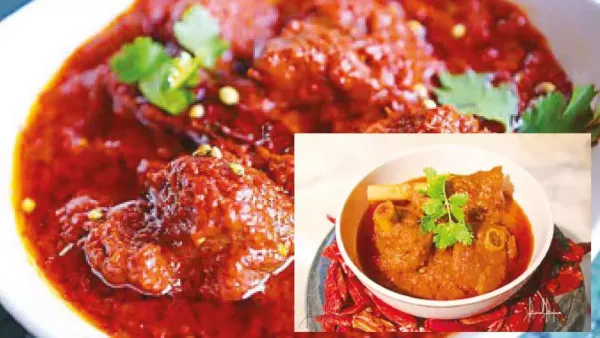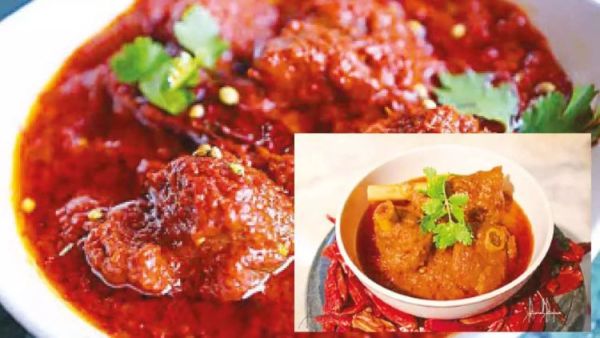
India’s culinary heritage, which is a rich and varied patchwork of regional cuisines, is changing. A new Indian cooking language is evolving, one that unites tradition and creativity, memory and skill, and spice with nuance, as chefs reinvent classics and customers become more daring. Indian cuisine has transcended the strict confines of tradition, from spicy Laal Maas to inventive tandoori concoctions with avocado mousse or truffle oil.

The spicy and audacious spirit of Indian regional cuisine is embodied by the traditional Rajasthani dish, laal maas. This ancient cuisine, which is made with mutton, red chilies, and ghee, is said to have started in royal kitchens to satisfy the meat-loving Rajputs. It was formerly thought to be inaccessible to the inexperienced palate because of its intense heat and rustic depth. However, Laal Maas is being reimagined in today’s high-end restaurants; it could be served with pearl onions caramelized in jaggery or millet khichdi infused with saffron after being slow-cooked for 12 hours.
The theory itself is evolving, not simply the combination or presentation. Indian cooks of today are less concerned with just maintaining recipes. They are eager to incorporate tradition into a modern setting. Evolution, not fusion, is the outcome.
Although it uses methods from all across the globe, this new wave of culinary innovation is based on traditional expertise. Indian food is incorporating contemporary gastronomy into dishes like tandoori broccoli with parmesan shavings, deconstructed samosas, and sous-vide goat curry.
Once a mainstay of backyards or dhabas, the tandoor has been reinvented as a creative tool in restaurant kitchens. The tandoor, which was formerly used for breads and meats, is now utilized for fruits, cheeses, and even sweets.
For instance, tandoori pineapple carpaccio with black salt caramel and smoked yogurt is a meal that creatively combines the creaminess of dairy with the charred sweetness of the fruit. Or kulchas filled with tandoori brie and served with tomato-thyme chutney. With this change, the tandoor is repositioned as a refined tool for taste creation rather than a crude cooking technique.
Through the use of tandoori methods, even vegetarian dishes—which have historically been marginalized in conversations about Indian meat curries—are gaining daring new identities. Okra, lotus stem, and tandoori beetroot are not only stand-ins; they are stars in their own right, demonstrating that innovation is about reimagining rather than copying.
Indian food is also seeing a rebirth due to customer demand. The eaters of today are inquisitive and knowledgeable, particularly the urban, millennial, and Gen Z demographics. They want meals that represent their cultural and personal identities, tales, and experiences.
These days, menus sometimes include notes that describe the historical value of a meal or indicate the components’ origins. A greater appreciation for regional foods that were previously underrepresented, such as Himachali dham, Goan cafreal, and Naga pig, has been cultivated by this educational method.
Instagram has also contributed; to appeal to a visual and sensory audience, the plating is more creative, the colors are more vibrant, and the tastes are more complex.
Indian food is evolving and finding new forms all across the world. The number of restaurants serving “New Indian” cuisine has increased in London, New York, Dubai, and Melbourne. These are modern establishments that showcase Indian cuisine as a developing art form rather than diasporic comfort food outlets.
To put it simply, Indian food is not becoming less authentic. It is speaking a new dialect that is current yet anchored in memory. The voyage is about discovery more than dilution, from Laal Maas to contemporary tandoori wonders, from country kitchens to Michelin-starred dishes.
One dish at a time, this new language of Indian cuisine builds upon the past rather than rewriting it.